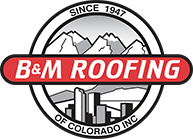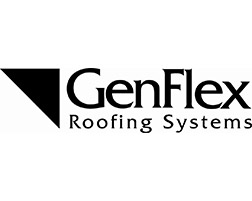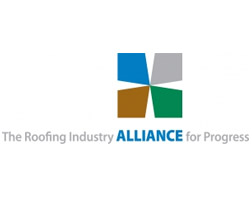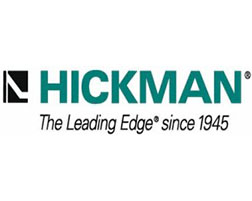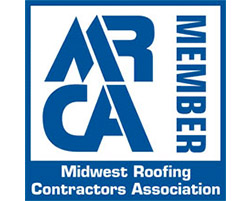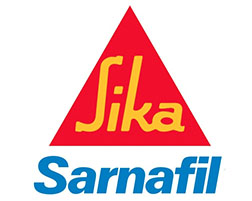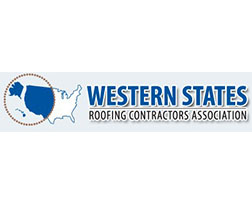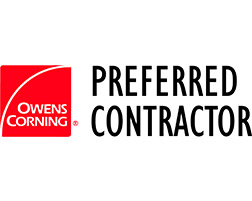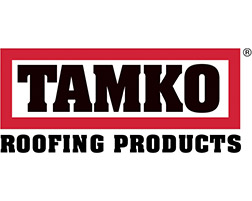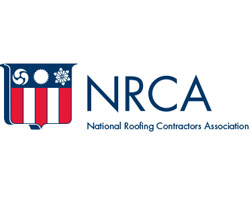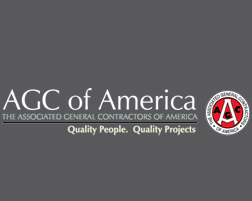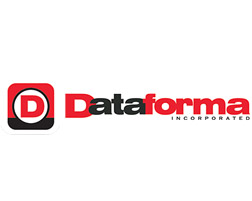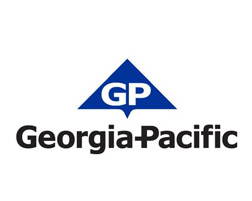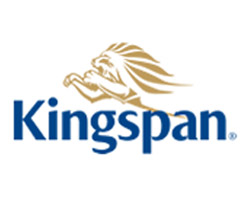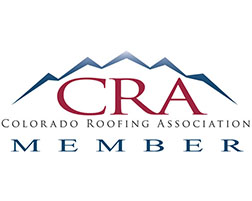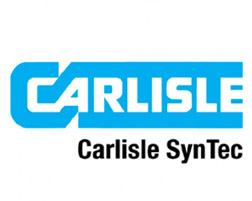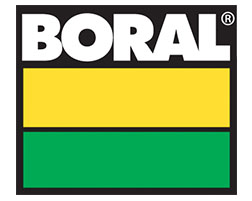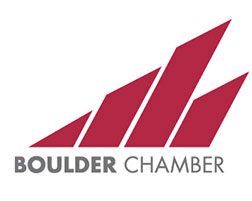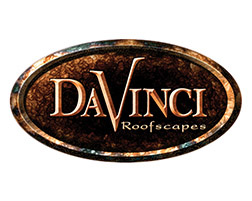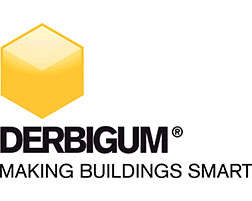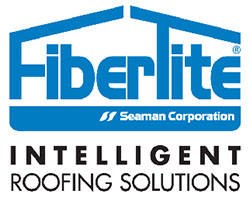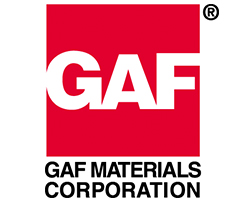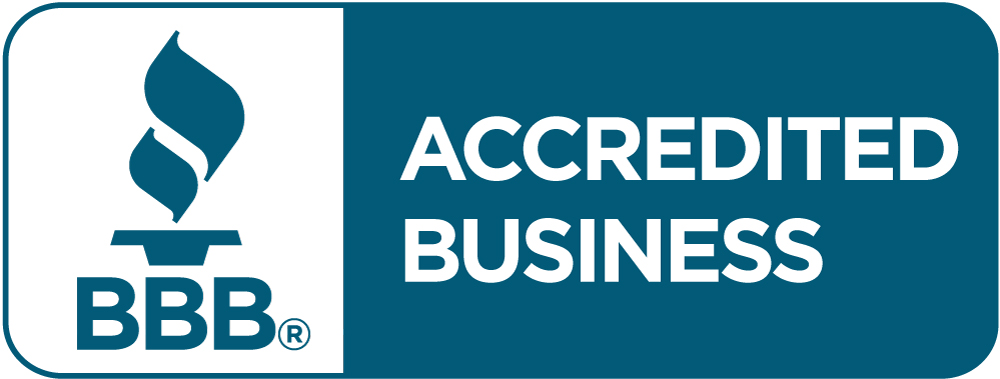The Future of Roofing: The Living Roof
If you don’t have the space for a greenhouse, why not have a green roof? Known as eco-roofs and vegetated roofs among other names, living roofs are lightweight systems layered atop waterproofed structures.
Before you catch onto this trend, take a look at the pros and cons:
The pros:
- Homeowners can express their personalities beyond the colors they paint their houses. A living roof allows creativity to blossom while protecting your home from whatever Colorado weather comes your way.
- In the summer sun, you can minimize air conditioning costs by at least 10% depending on where you live. Plants on the roof can be up to 50 degrees cooler than their standard roofing counterparts, which contributes to this reduction.
- Rainy cities benefit from living roofs in terms of flooding. The plants absorb the runoff instead of allowing it to feed into sewers, which can ultimately prevent roadway flooding.
The cons:
- According to Sustainable Industries, installation of a living roof will cost $8-$40 per square foot. Creativity comes at a high price, but living roofs in modular units are less expensive than custom designs.
- To add onto the installation costs, you can’t forget maintenance. Consider the landscaping costs to prevent your roof from dying. Repairing leaks isn’t always the easiest either – it means digging into the garden to repair and then replant.
- Bugs and birds aren’t the only wildlife attracted to plants. Depending on where you live, there could even be reptiles or rodents digging around in your roof. It may not be likely in urban cities, but do your research before you grow.
Source: eHow Home & Garden
